Kingdom Animalia Class Reptilia Suborder †Pterodactyloidea Rank Genus | Phylum Chordata Order †Pterosauria Family †Istiodactylidae | |
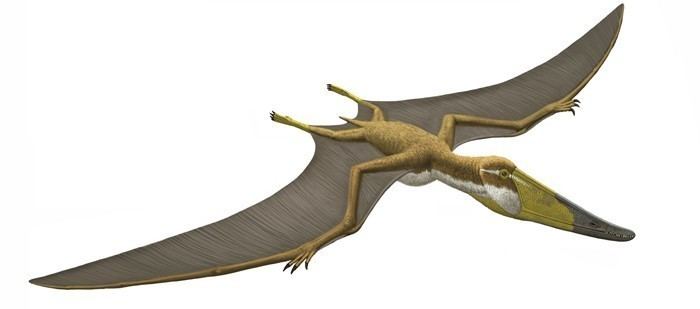 | ||
Similar Pterosaurs, Istiodactylidae, Nurhachius, Ornithocheiroidea, Liaoningopterus | ||
Istiodactylus is a genus of a medium-sized pterosaurs from the early Cretaceous period. It contains two species: Istiodactylus latidens, from southern Britain, and Istiodactylus sinensis, from China. Istiodactylus were unusual compared with related pterosaurs, thanks to their distinctive broad muzzles and "cookie cutter" teeth.
Contents
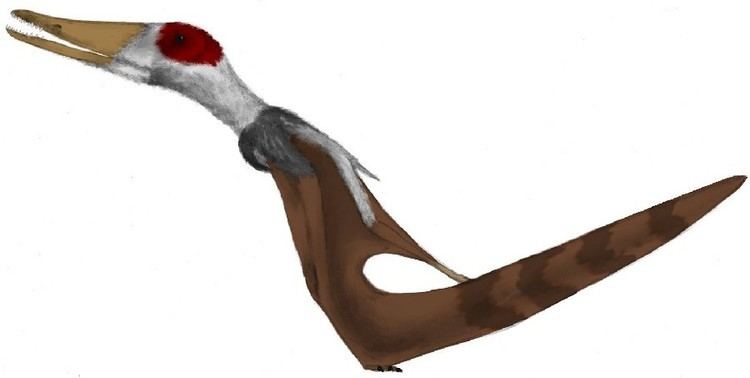
Description
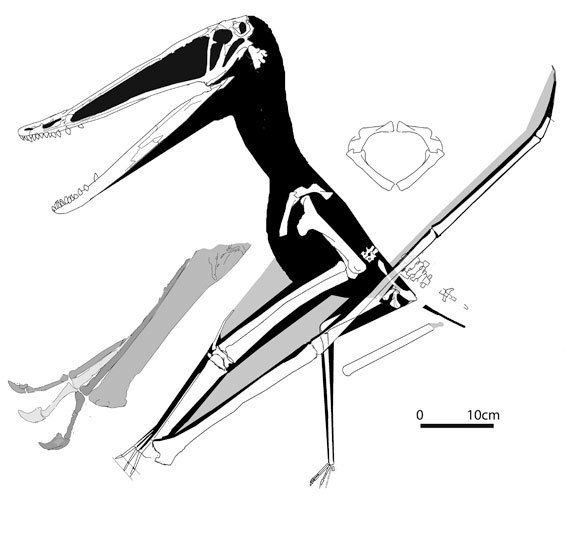
Istiodactylus were moderately large pterosaurs. Correcting earlier estimates of a length of 56 centimetres (22 in), a 2012 study concluded that the skull of one specimen, NHMUK R3877, was 43 centimetres (17 in) long. The maximum wingspan was probably about 4.3 metres (14 ft), making the largest individuals roughly half the size of the largest Pteranodon.
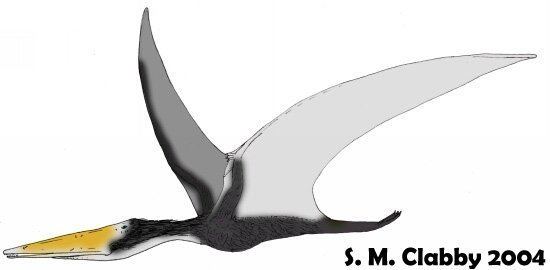
Because of the flat, rounded shape of their snouts, Istiodactylus are sometimes referred to as "duck-billed pterosaurs". However, unlike ducks, they had teeth. These triangular teeth were laterally compressed, an adaptation for slicing flesh, and interlocked tightly in the closed jaws. The skull was relatively short, with most teeth concentrated in the blunt front tip of the jaws. Witton's 2012 study proposed that Istiodactylus were primarily scavengers.
History
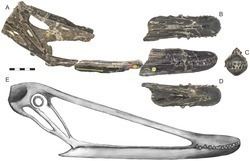
In 1887 Harry Govier Seeley named the remains of a fossil pelvis discovered on the Isle of Wight, Ornithodesmus cluniculus, thinking it was a bird. In 1901 he considered that it might have been a pterosaur. In 1913 Reginald Walter Hooley named a second species, Ornithodesmus latidens, for some definitively pterosaurian material, found in the Vectis Formation. The holotype was BMNH R 0176, a partial skeleton. The specific name means "broad tooth" in Latin.

The type species of the genus Ornithodesmus, however, was in the 1980s discovered to be based on bones belonging to a dinosaur, which meant a new genus had to be named for O. latidens. This species was assigned to its own genus Istiodactylus by Stafford Howse, Andrew Milner, and David Martill in 2001. The genus name is derived from Greek istion, "sail" and daktylos, "finger", referring to the fact that the wing of pterosaurs is formed by a membrane attached to a wingfinger.
Classification
Howse et al. in 2001 created for Istiodactylus its own family Istiodactylidae.
In 2006 a second species, I. sinensis from China, has been named, its specific name referring to China. Its holotype is NGMC 99-07-011, a partial skeleton of a subadult individual. It was much smaller than I. latidens, its dimensions being 63% of the larger species, thus about a quarter in weight. In 2006 Lü Jun-Chang et al. concluded I. sinensis was a junior synonym of the istiodactylid Nurhachius. Mark Witton has proposed it may be a synonym of Liaoxipterus.
Below is a cladogram showing the phylogenetic placement of this genus within Pteranodontia from Andres and Myers (2013).
